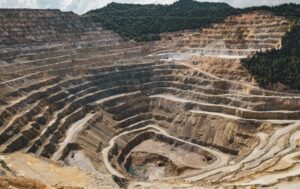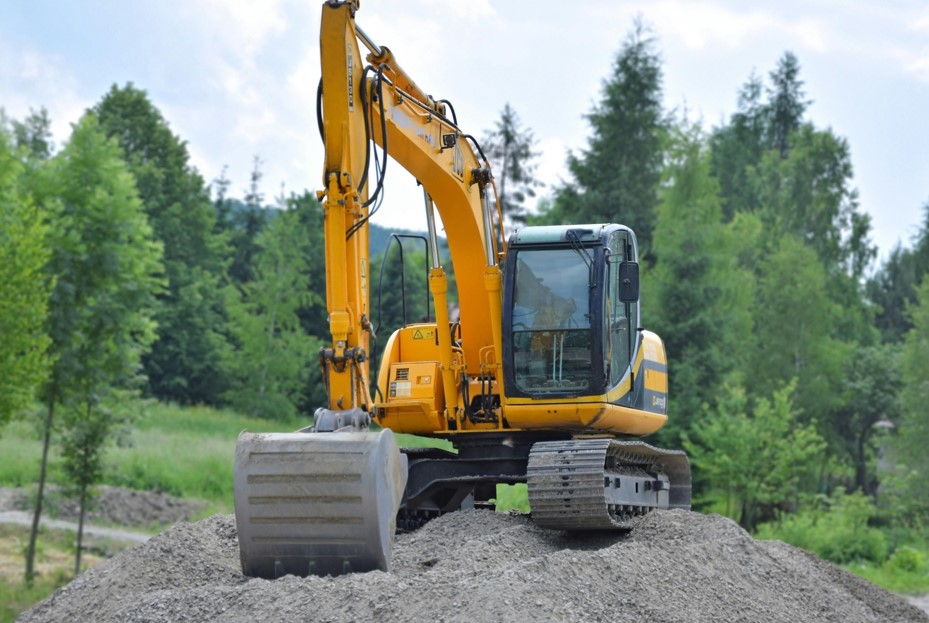In the mining industry, safety is undeniably a top priority. Given that the sector is inherently risky, ensuring the protection of workers’ health and well-being is crucial. However, it’s important to note that safety doesn’t happen by chance; rather, it is the result of deliberate strategies, thorough training, and a continuous commitment to improvement. In this post, we will explore the significance of safety and training within the mining industry. We will highlight, in particular, how strong safety practices can not only reduce risks but also foster a safety-focused culture and contribute to long-term growth.
The Critical Role of Safety in Mining
Mining operations come with significant hazards, from mechanical failures to environmental challenges. Focusing on safety is not just about meeting legal requirements; it’s also a fundamental ethical duty. Organizations that prioritize safety tend to experience fewer accidents, better employee morale, and greater operational efficiency. By embedding safety into the fabric of the workplace, companies protect their workforce and set themselves up for sustainable success.
Regulatory Standards for Mining Safety
Mining safety is closely regulated, with strict legal and safety guidelines enforced by various agencies, including the Mine Safety and Health Administration (MSHA). These regulations include provisions for adequate ventilation, routine equipment maintenance, and comprehensive worker training to reduce the likelihood of accidents. Compliance with these standards is critical, not only to ensure a safe working environment but also to avoid legal repercussions and financial penalties.
Addressing Common Hazards in Mining Operations
Mining operations are inherently dangerous, with numerous risks that can impact both workers and the environment. These hazards can be broken down into three main categories:
- Physical Risks: These include falls, cave-ins, and equipment failures, all of which pose an immediate danger to workers on-site.
- Health Risks: Prolonged exposure to dust, loud noise, and toxic chemicals can lead to serious health conditions for miners.
- Environmental Risks: Flooding, fires, and unstable ground conditions can disrupt operations and create hazardous situations.
By identifying these risks and putting in place preventive measures, companies can significantly reduce the potential for accidents. Risk assessments, regular hazard reviews, and proactive safety protocols are essential to minimizing these threats.
Implementing Effective Training Programs
A strong emphasis on safety in mining relies heavily on well-structured training programs, like those offered by MSHA Safety Services. These programs ensure workers are equipped with the knowledge and skills needed to handle both routine tasks and emergency situations. Key components of a comprehensive training program could include:
- Orientation Sessions: These are designed to familiarize new employees with workplace hazards and safety procedures.
- Routine Drills: Workers should practice emergency response protocols to be prepared for potential accidents or natural disasters.
- Role-Specific Training: Specialized courses address the unique risks and safety protocols associated with different jobs within the operation.
Ongoing training and education are vital in keeping staff updated on new safety practices, current MSHA regulations, and emerging technologies.

Fostering a Safety-First Culture at Your Mine Site
Promoting a culture that prioritizes safety is critical for minimizing risks. A safety-first mindset should be woven into every part of the mine operation. This can be achieved through:
- Leadership Commitment: Managers and supervisors should lead by example, consistently prioritizing safety in all aspects of work.
- Employee Engagement: Workers should be encouraged to actively participate in safety programs and contribute suggestions for improvement.
- Incentive Programs: Recognizing and rewarding safe behavior helps to motivate staff and reinforces the importance of safety.
When safety is truly embedded in the workplace culture, it becomes a shared value that influences everyone, fostering a proactive and collaborative approach to risk management. When one person is allowed to openly slack on following procedure then others will likely follow.
The Role of Leadership in Promoting Safety
Effective leadership is crucial for promoting safety and ensuring the success of training programs. Leaders must:
- Set Clear Expectations: Communicate the importance of safety and establish clear guidelines for safe behavior.
- Lead by Example: Demonstrate commitment to safety by following procedures and adhering to safety protocols at all times.
- Empower Workers: Provide the necessary tools, resources, and support to enable employees to work safely.
When leadership fosters a culture of trust and accountability, it encourages workers to take safety seriously and make it an integral part of their daily operations.

Evaluating the Effectiveness of Safety and Training Programs
To ensure continuous improvement, it’s crucial to assess the impact of safety and training initiatives. Common indicators of effectiveness include:
- Incident Rates: Monitoring the frequency of workplace accidents.
- Employee Feedback: Collecting input from workers to gauge the effectiveness of safety programs.
- Compliance Audits: Regularly reviewing adherence to safety regulations and standards to proactively adhere to MSHA regulations and policies.
Ongoing evaluation enables mine operations to identify areas for improvement, ensuring safety remains a central focus.
Advancing Safety and Training for a Safer Mining Industry
In the mining sector, safety and training are not only essential for ensuring a safe operation but also crucial for maintaining productivity. By consistently adopting best practices, mine operators can effectively protect their workforce, which in turn sets the stage for long-term success. Furthermore, the ongoing commitment to safety is a shared responsibility, one that ultimately benefits everyone within the industry. Consequently, fostering a culture of safety is vital for sustaining both the well-being of employees and the overall success of mining operations.

